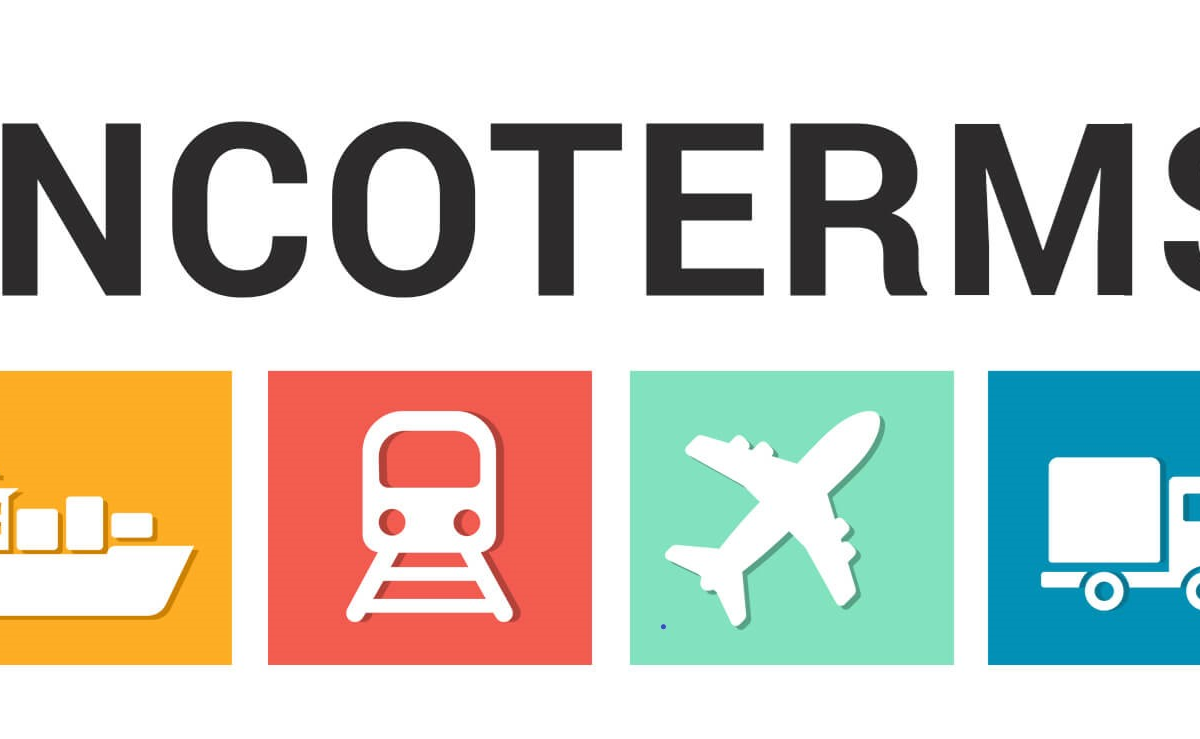This article is written by Austin Garcia
The nearshoring trend is in full force for companies looking to secure their supply chains in a low-cost environment that allows for a more geo-political friendly location. What does this mean for the US? For the most part, according to the Wilson Center, In general the ratio across the United States of trade jobs linked to Mexico trade is 11-13% depending on what state it is. So, yes, middle America is linked to Mexican trade. Oklahoma for example has over 60 thousand jobs linked to trade with Mexico.
In closer areas to the border the ratios can run much higher. This is due to border communities having Customs houses, cross-docking operations, trucking lines and rail for example that service all the goods headed to destinations within the US and beyond. As more companies are seeing the benefits of nearshoring the links between Mexico and The United States continue to grow. Not just culturally but in the unbreakable bond of Supply Chain Security.
Mexico’s manufacturing activity positively impacts job creation in the United States and contributes to high-value service employment. Supply chain integration allows US companies to stay competitive by leveraging Mexico’s low labor cost. While some low-skilled jobs may be moved to Mexico, higher-skilled jobs like engineering, design, research, and development are often retained in the US, creating a more diverse and skilled job market. As manufacturing becomes more advanced and technologically driven, the need for high-value service employment increases. US companies require services like engineering design, research, development, technical support, logistics, and marketing to support their operations in Mexico. These high-value service jobs generate income and drive innovation, contributing to the US Gross Domestic Product (GDP). The income generated from these service jobs is included in the GDP calculation, boosting economic growth and prosperity.
Overall, as we can see, the bond and mutual share of the two nations help benefit both countries when it comes to nearshoring. The distance between the two allows easy access and high benefits to both sides of the coin. With all the benefits present, it’s no surprise that the growth of trade jobs, particularly those in the U.S. continue to blossom hand in hand.
Here at TradeFlex we provide business model analysis, manufacturing management strategies, duty tariff optimization , compliance management, regulatory consultation, duty reduction programs, supply chain and tariff engineering, and cross-border solutions. With over 30 years of expertise, we help businesses land softly in Mexico, ensuring efficient, compliant, and cost-effective cross-border operations. Come work with us today at
https://trade-flex.com.




